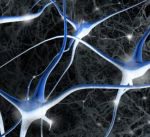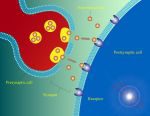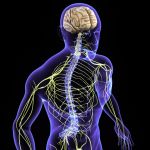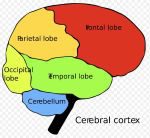What Is A Nerve Cell?
A Nerve Cell is most commonly known as a Neuron. Neurons are located predominantly in the Central Nervous System, which means they are most commonly found in the Brain and the Spinal Cord. So, if you have ever wondered what is a nerve cell or neuron, then this article is for you.
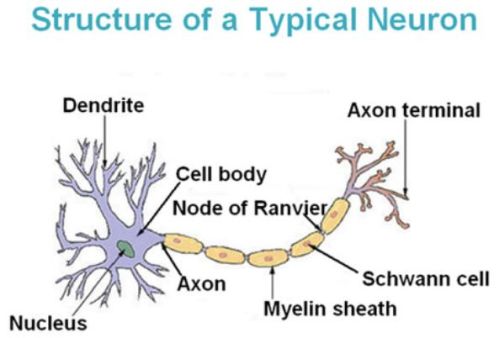
What Do Neurons Do?
Neurons communicate messages to one another and send messages throughout the body. What happens is that they line up and send messages from one neuron to another. If you have ever wondered how you can stub your toe and the message of “pain” gets to your brain so quickly, then you have wondered about nerve cells because neurons are the connections between your brain and the rest of your body.
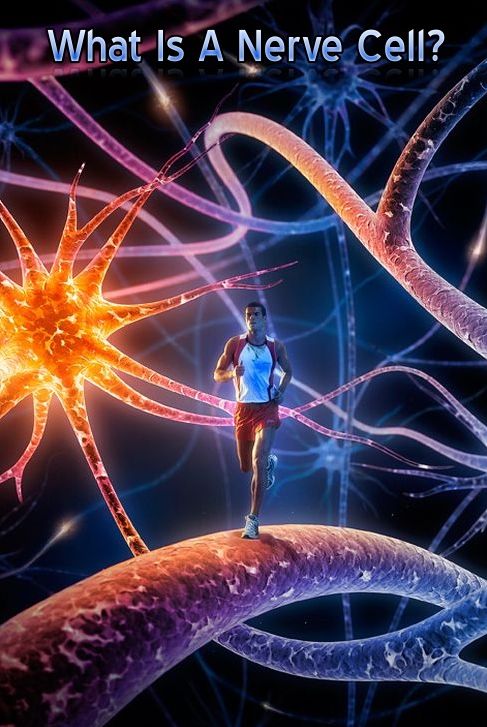
What Is A Neural Network?
Whenever a series of neurons connect to one another and “fire” messages in harmony, they are creating a pathway that is recognizable. This is called a Neural Network. In science, there is a popular saying that “neurons that fire together, wire together.”
If the same patterns are fired over and over again, these neural networks form in your brain and begin to hardwire into your brain very specific patterns. Neurons are highly specialized to perform specific functions and pass signals to designated target cells.
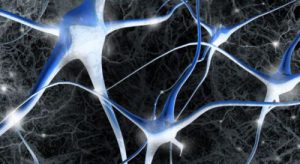
How Do Neurons Communicate?
Believe it or not, neurons do not ever touch each other. Instead, they communicate across a gap that exists between them and this is called a Synapse. This gap is called the Synaptic Cleft, and this is where the terminals release electrical or chemical substances. In order for the signal to actually “fire” to another neuron, a threshold must be reached of highly charged electrical signals.
Where Do Neurons Come From?
Neurons are generated by Stem Cells in the body, and we all contain two different types of stem cells. One type is the Embryonic Stem Cell. The other type is called Adult Stem Cells. Stem cells start out being undifferentiated (neutral) and they eventually differentiate and divide to produce more stem cells. At this point, they become specialized, each having their own shape, size, and function.
The Main Parts of a Neuron or Nerve Cell are as Follows:
- Dendrites – these are branch-like and their main function is to receive information or a message from the preceding cell (known as the presynaptic cell) and sending it to the cell body of the next cell (known as the postsynaptic cell.)
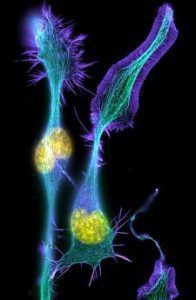
- Cell Body – receives information from the dendrite. The Cell Body is also known as the Soma. The Cell Body contains organelles and is most known for housing the Nucleus, which contains specific genetic information and DNA. The Cell Body then sends the message to the Axon. This is where most protein synthesis occurs.
- Axon – receives the message from the Cell Body to the Axon Terminal. The Axon is covered by a protective covering called the Myelin Sheath. The main function of the Myelin Sheath is to speed up the transmission of the message (make it faster.) The Myelin Sheath does not cover the entire Axon. Instead, there are gaps called the Nodes of Ranier. Schwann Cells are what make the Myelin Sheath that wraps around the Axon.
- Axon Terminal – Sends the message to the dendrite of the next neuron. The Axon Terminal conducts Action Potentials (electrical impulses) away from the Cell Body to the other neurons. The Axon Terminal uses Electrochemical and Neurotransmitter Signals to send a message to the next neuron.
- Nodes of Ranvier – the gap on the Axon between the Myelin Sheath.
How Does Nerve Transmission Take Place?
The neuron is an electrically excitable cell. The process of information transmission takes place through either electrical or chemical signals. This allows for communication. They do this by way of a Synapse, which is what permits the neuron to send those specific messages to other neurons.
All neurons are electrically excitable and these voltage gradients pass from one neuron to another across membranes by way of Ion Pumps that work in unison with Ion Channels. These ion pumps and channels regulate the input and output of Sodium, Chloride, Calcium, and Potassium.
If a Synaptic Signal is excitatory, this means that the neuron will be more likely to fire (or send a message to the next neuron.) If the Synaptic Signal is inhibitory, the neuron is less likely to fire (or send that message.) In other words, it is less likely to generate what is called an Action Potential (the firing of messages from one neuron to the next.)
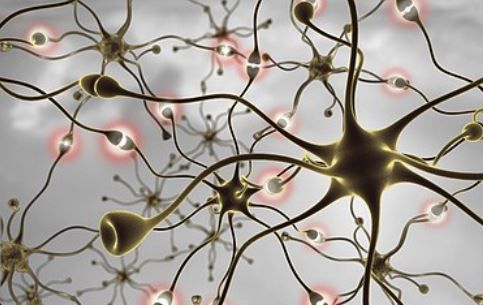
How Are Messages Transported?
Neurotransmitters bind to chemical receptors located on the dendrites of the next neuron. These receptors are what receive the message from the presynaptic neuron. Below are a few main types of neurons: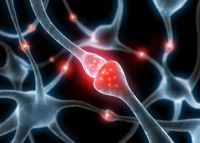
- Sensory (Afferent) Neurons: Send information from sensory receptors towards the Central Nervous System.
- Motor (Efferent) Neurons: Send information away from the Central Nervous System to the muscles and glands.
- Interneurons: Send information between the sensory neurons and motor neurons. Most of these are found in the Central Nervous System.
What Is Neuroplasticity?
Whenever there are changes in the brain this is called Neuroplasticity. If you create new neural networks by forming new habits, this is what is happening. At the same time, if you stop revisiting old habits, old neural network connections will become weaker and eventually disconnect. Joe Dispenza goes into great detail about this in his course, “Making Your Mind Matter.”
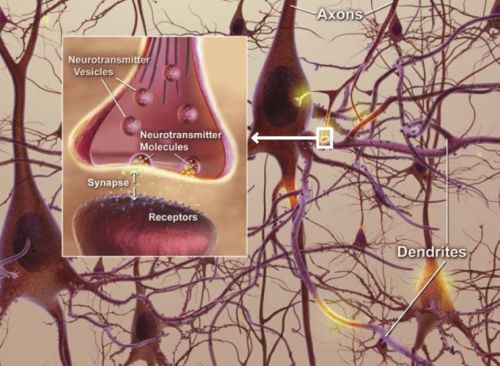
What Is The Latest Evidence on Brain Cell Regeneration?
There is also strong evidence now that the brain can regenerate new neurons (or nerve cells.) Even in adults, the evidence suggests that this is taking place in three areas of the brain, the Hippocampus, the Olfactory Bulb and the Subventricular Zone.
According to Joe Dispenza, new studies with rats confirm that if they are placed in enriched environments, new cell growth in the brain can definitely take place. This is called Neurogenesis.
What Are Ribosomes?
Ribosomes contain two major rRNA’s, as well as approximately 50 proteins. Ribosomal Ribonucleieic Acid (rRNA) of the Ribosomes are essential for protein synthesis. Ribosomes form peptide bonds between two amino acids on the rRNA, which forms new peptide bonds.
Inside the Cell Body are Organelles. They are as Follows: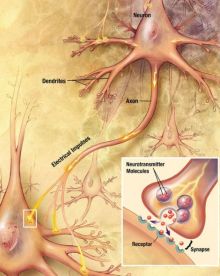
- Nucleus: The nucleus contains the DNA of our bodies, or in other words, our genetic material. As Bruce Lipton points out, what used to be thought of as the brain of the cell is now being realized to be the “gonads” or reproductive material of the cell. According to Bruce, it turns out the “Membrane” of the cell is what we now know to be the brain.
- Nucleolus: This is the part of the cell that produces ribosomes, which are necessary for the translation of that genetic material into proteins.
- Nissl Bodies: Protein synthesis is taking place due to nissl bodies by way of ribosomes that are grouped together.
- Endoplasmic Reticulum (ER): Conveyance of materials into the cytoplasm by tubes within the Endoplasmic Reticulum, and these tubes contain ribosomes.
- Golgi Apparatus: This is where proteins and peptides are moved into vesicles.
- Micofilaner’s/Neurotubules: This is important for the structural support of the neuron. More materials are conveyed within the neuron.
- Mitochondria: This is where an output of energy is boosted to fuel cellular activities.
Why Nerve Cells Are So Important!
As you can see, the nerve cell (or neuron) is a vital part of who we are and what makes us human! Neurons are amazing little messengers in our Central Nervous System that are carrying out instructions and passing along messages from one part of our bodies to another at lightning speed!
I hope you enjoyed this article and that it helped you in some way. Do neurons inspire you? If so, how? Please feel free to share your comments below! All comments are very much appreciated!

